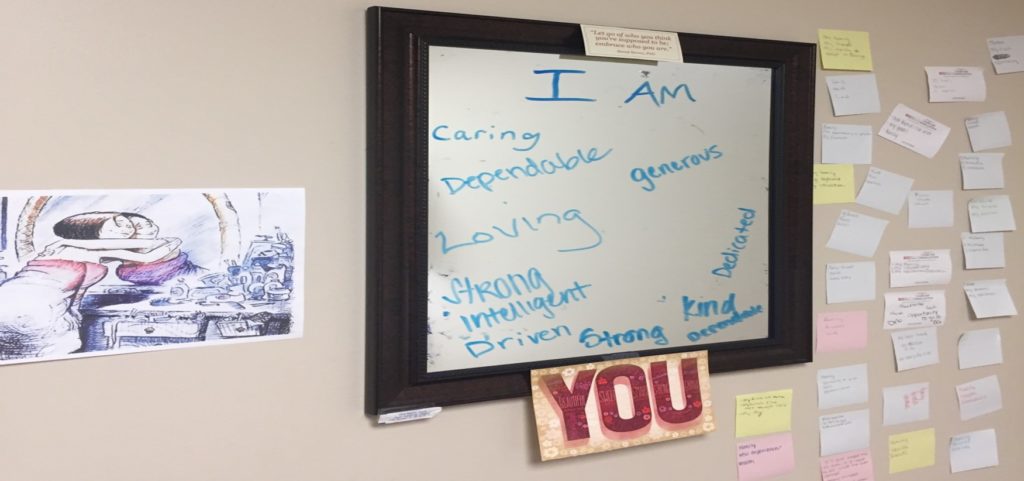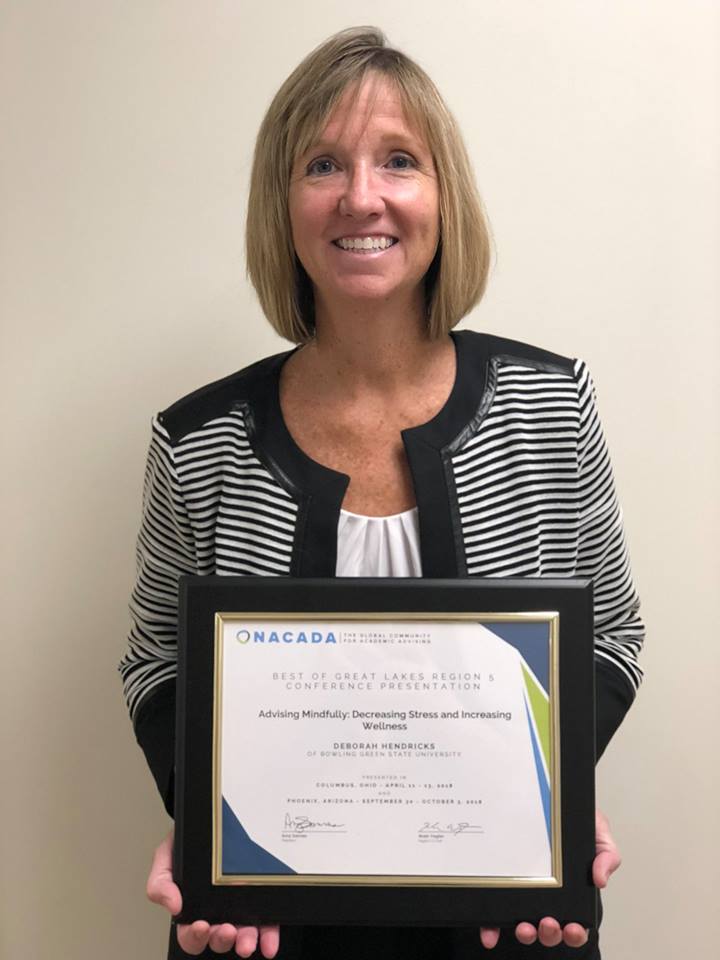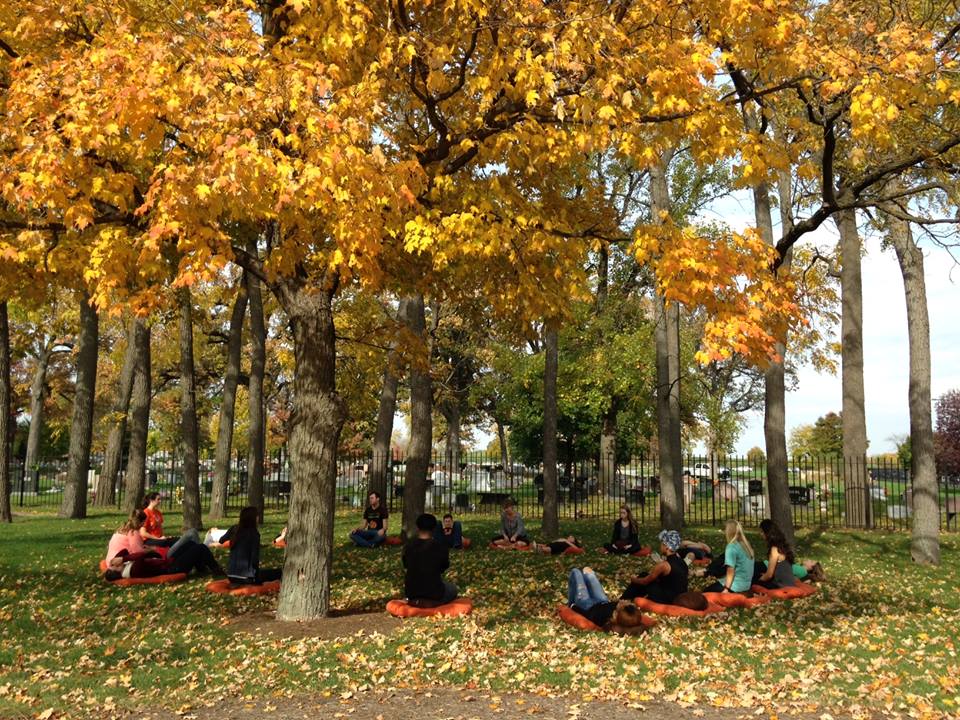Marturano, J. (2014). Finding the space to lead: A practical guide to mindful leadership. New York, New York: Bloomsbury Press
Leaders in today’s fast paced society deal with tremendous stress. Janice Marturano, shares her personal story and gives practical steps to assist leaders around the globe deal with stress and become the best they can be. Her book is easy to read and the tips she offers are applicable to anyone who wants to see change within their own lives as well as their office.
Janice worked for many years as vice president and deputy general counsel for General Mills. While employed with GM she encountered many successes, but also suffered the loss of both parents within six months of each other. Her doctor recommended that she get away to a spa to lower her level of stress, but instead she went to a mindfulness retreat led by Dr. Jon Kabat-Zinn. Practicing mindfulness increased her level of clarity, focus, creativity, and compassion. After intense training, she began sharing what she learned with her colleagues. Eventually, she left GM and started the Institute of Mindful Leadership. This book unpacks, chapter-by-chapter, the changes she experienced both personally and professionally as a leader. She shares many touching stories and gives inspiring advice on how to embrace mindfulness one moment at a time.
The book highlights the four main attributes of mindful leadership: clarity, focus, creativity, and compassion. It is important to find clarity in each situation and have the ability to focus on the task at hand. Taking the time to focus and be present allows for the cultivation of successful ideas. Working at home or at work with a clear mind and warm heart fuels compassionate choices. As a leader, one must make the conscious choice to lead from a place of authenticity. Marturano uses stories from her personal life, as well as her professional life to catch the attention of her audience. She then explains with great detail how the practice of mindfulness is applicable and helpful. Each chapter has a take-away exercise that the reader can try from the comfort of their own home. The book is an easy read and is perfect to throw in your bag on a weekend trip. Furthermore, the pages are filled with exercises that are intended to train a the area of the mind, which according to Marturano, receives very little training. She talks about the capability to strengthen the mind just as physical training enhances the body.
Being mindful has been defined by many, but Marturano defines it as being present for your life and your experience just as they are. It is simply being aware of the present moment. It requires practice to develop this ability to pay attention. Marturano uses the term “purposeful pauses” to distinguish times needed throughout the day to focus on the moment. Cultivating the capacity to lead is taught throughout each chapter with exercises such as reflection and meditation. She shares that one must be able to focus with clarity in order to make valuable choices as a leader. Her message about mindfulness is positive, however, more research is needed to the full impact mindfulness training can have on leaders.
The book is written with a professional audience in mind. However, Janice was able to captivate a wide variety of readers with her personal story about mindfulness changed her both personally and professionally. Whether the reader is a stay at home mom, leading her family through life, or the president of a million dollar company, this book has the potential to positively impact all who read and complete the exercises.







